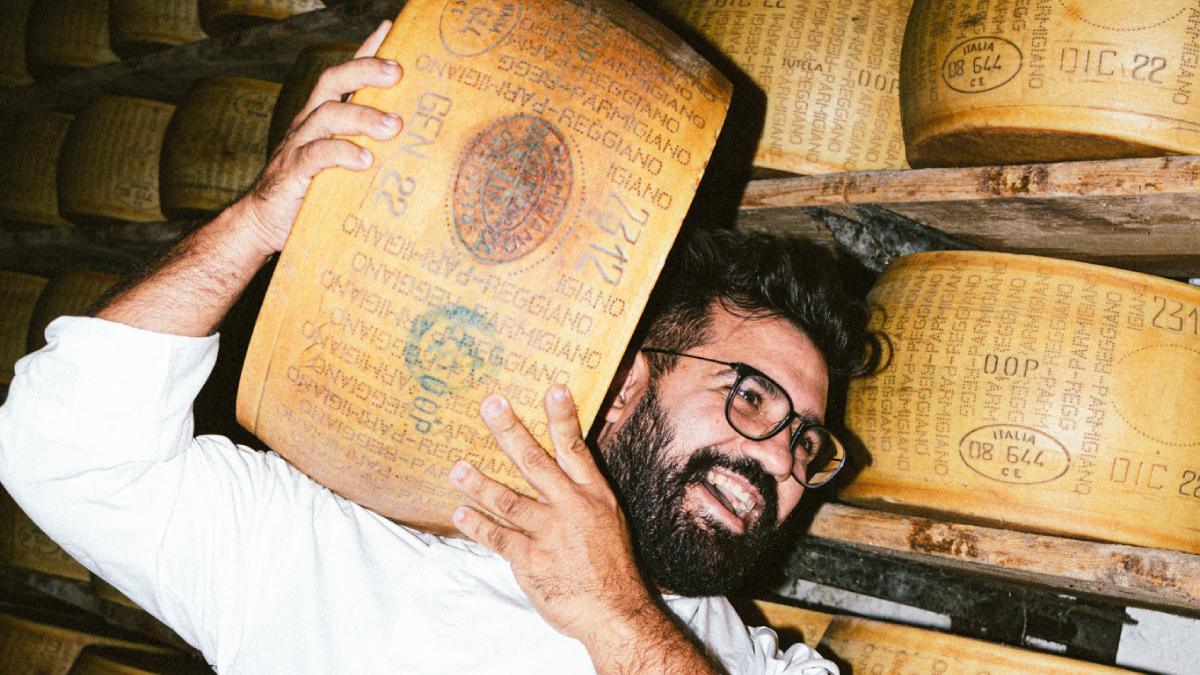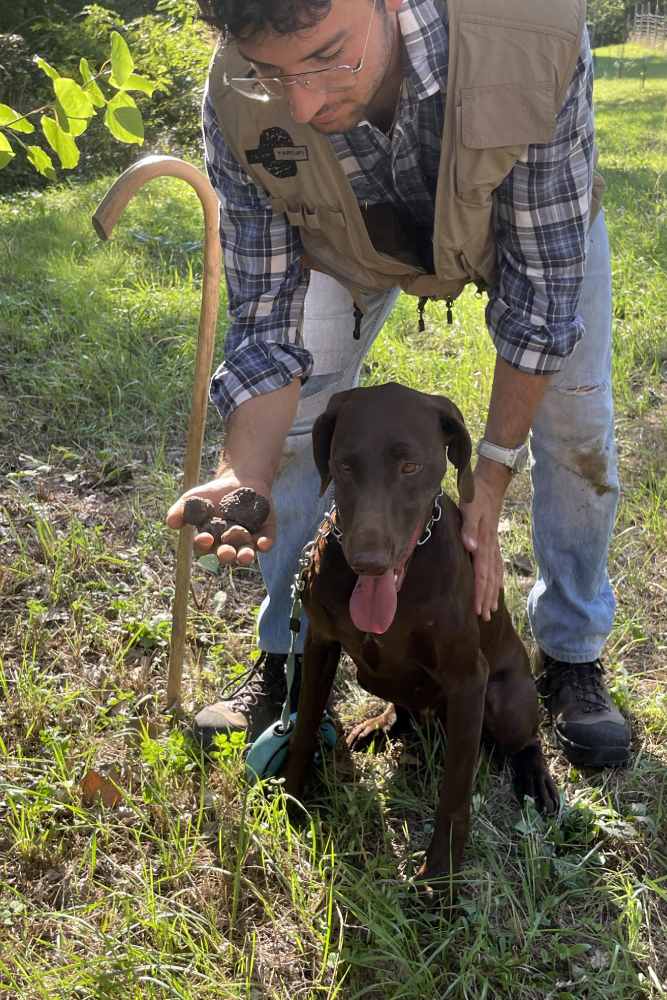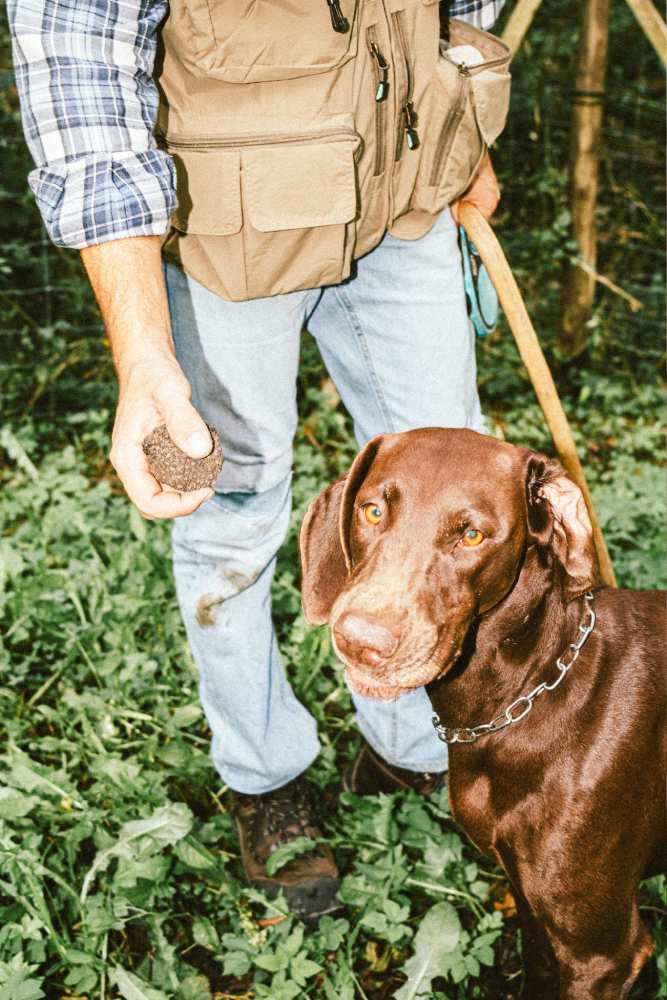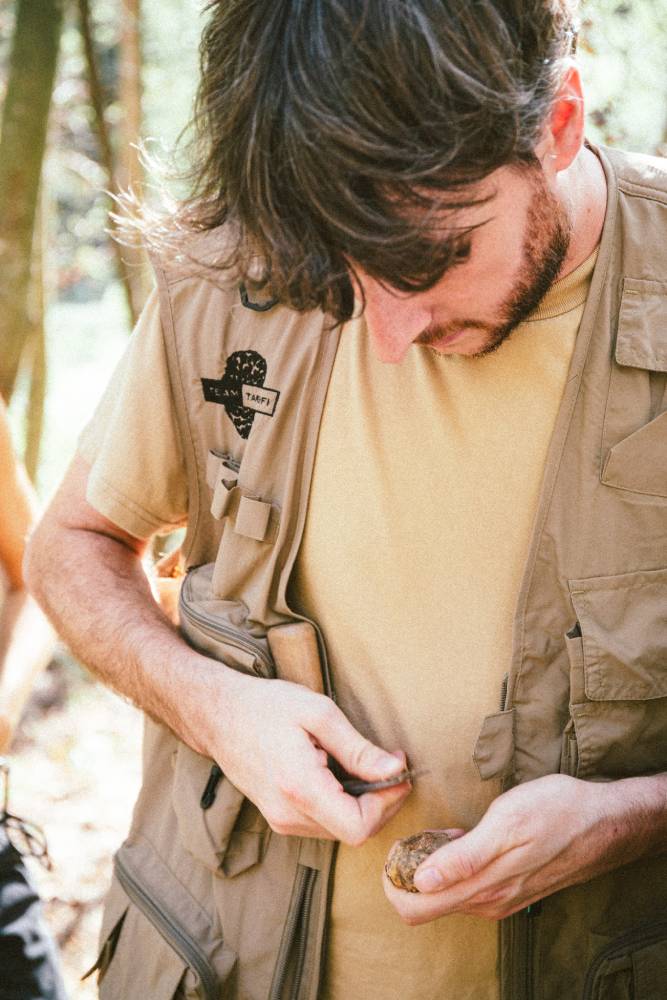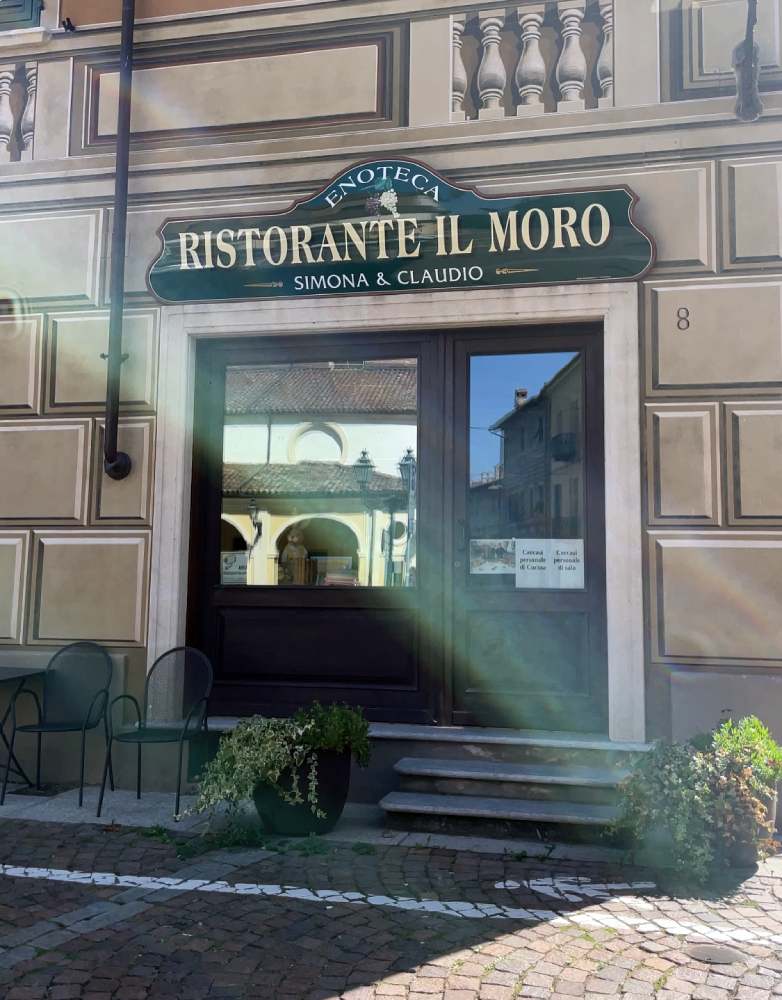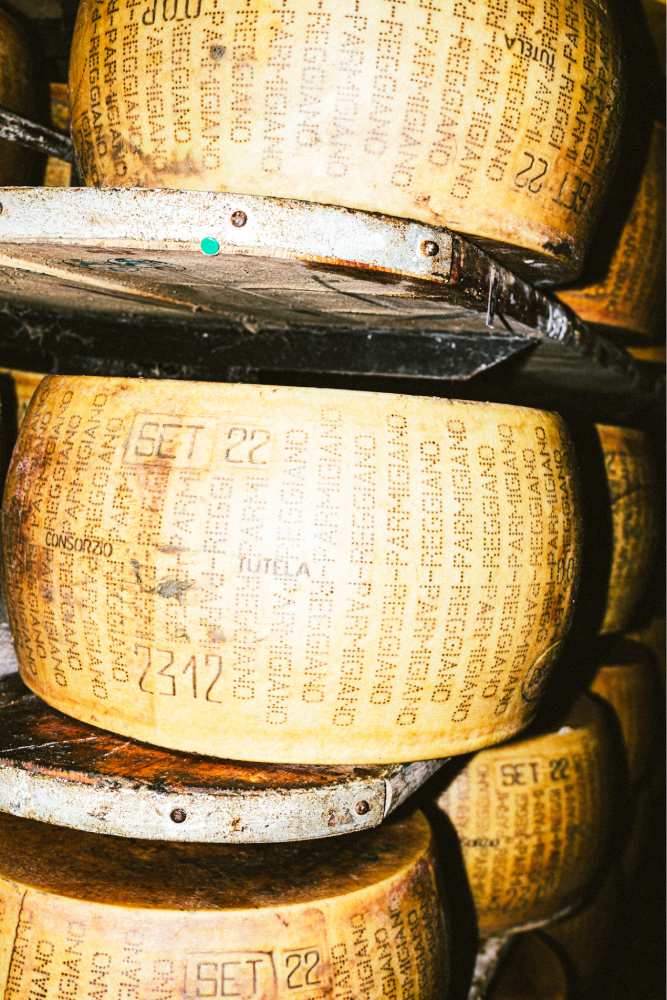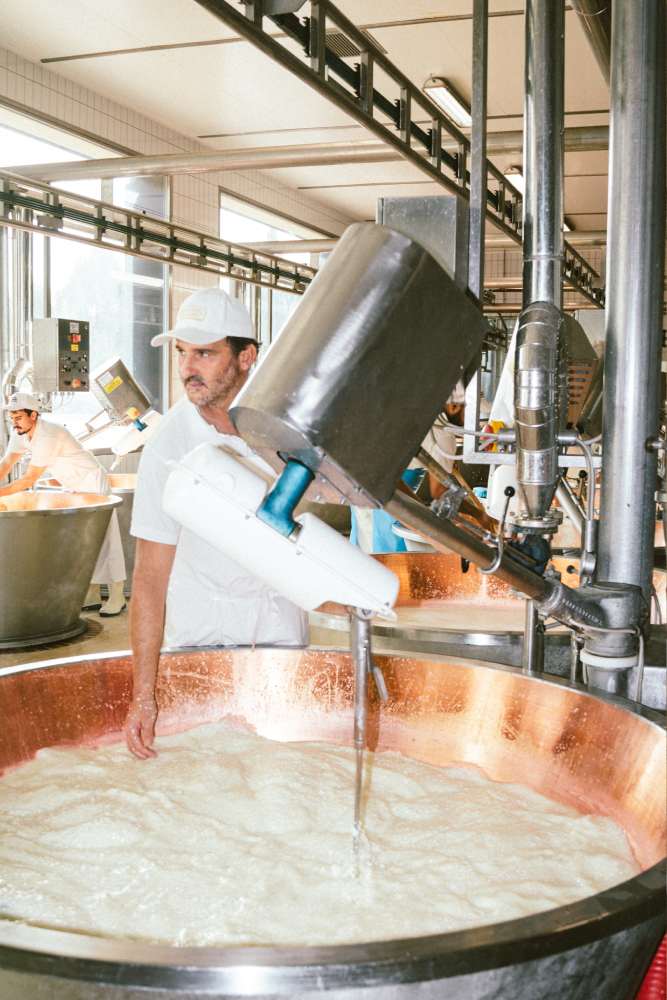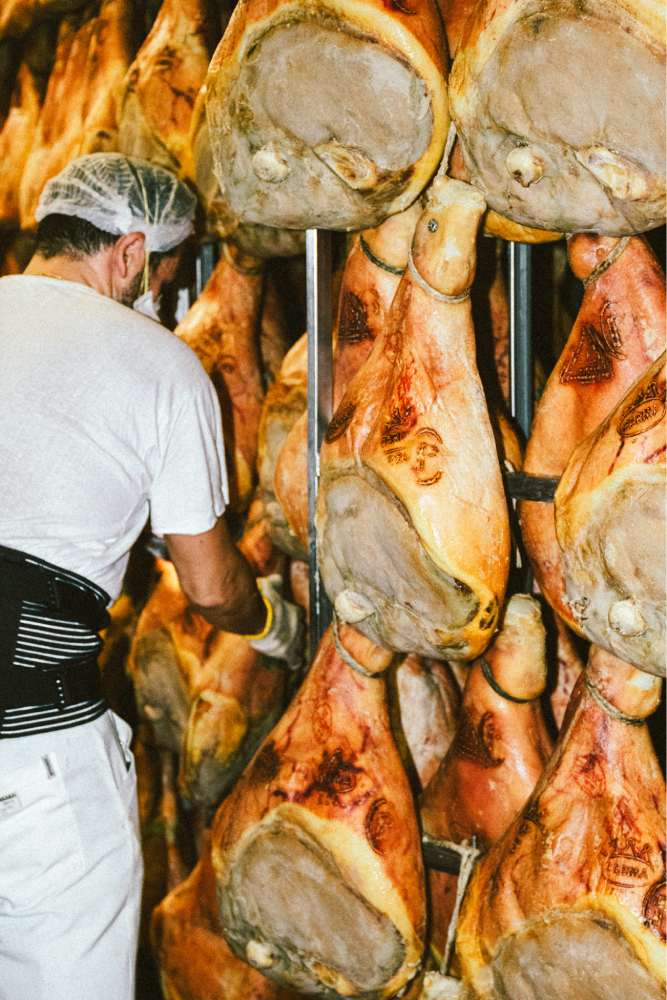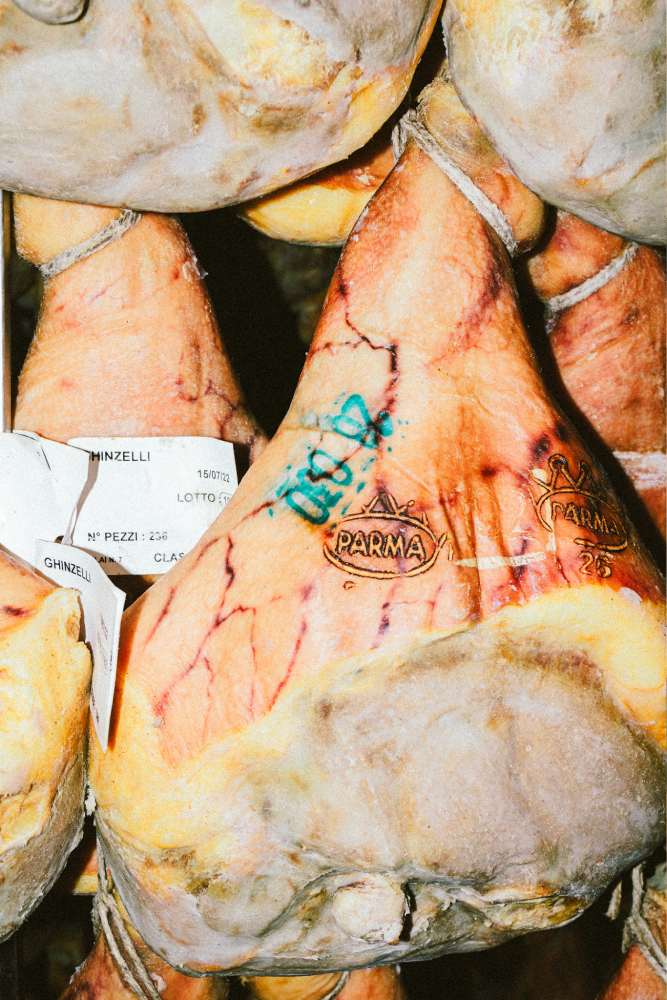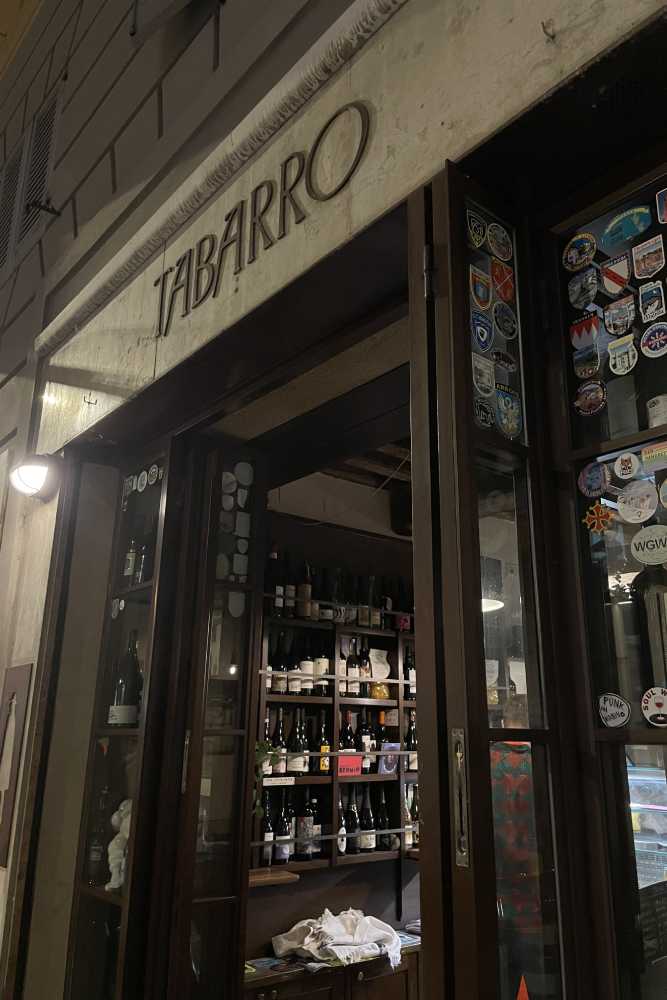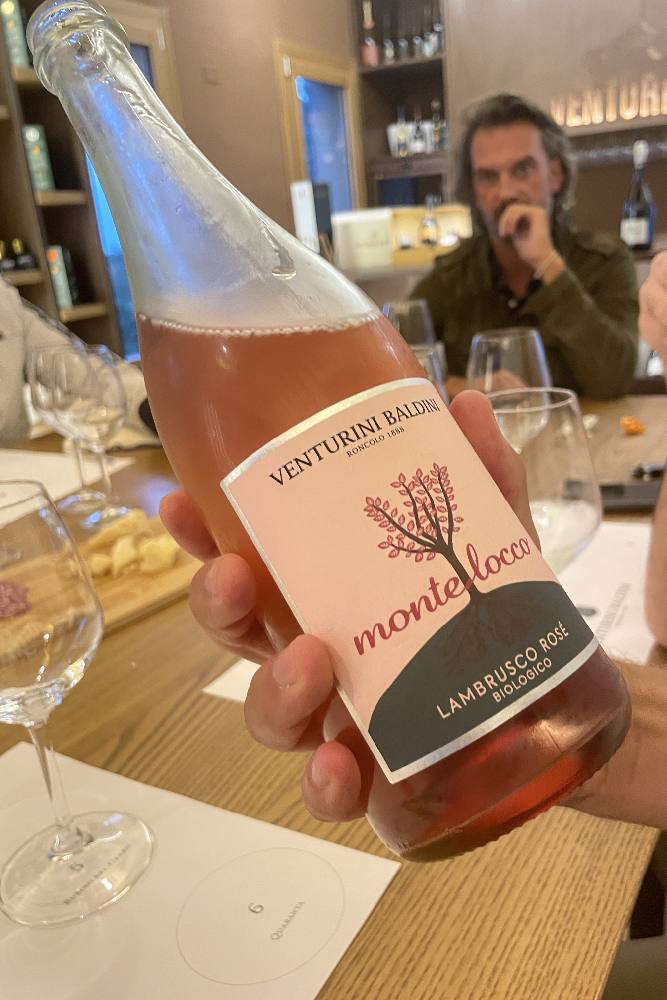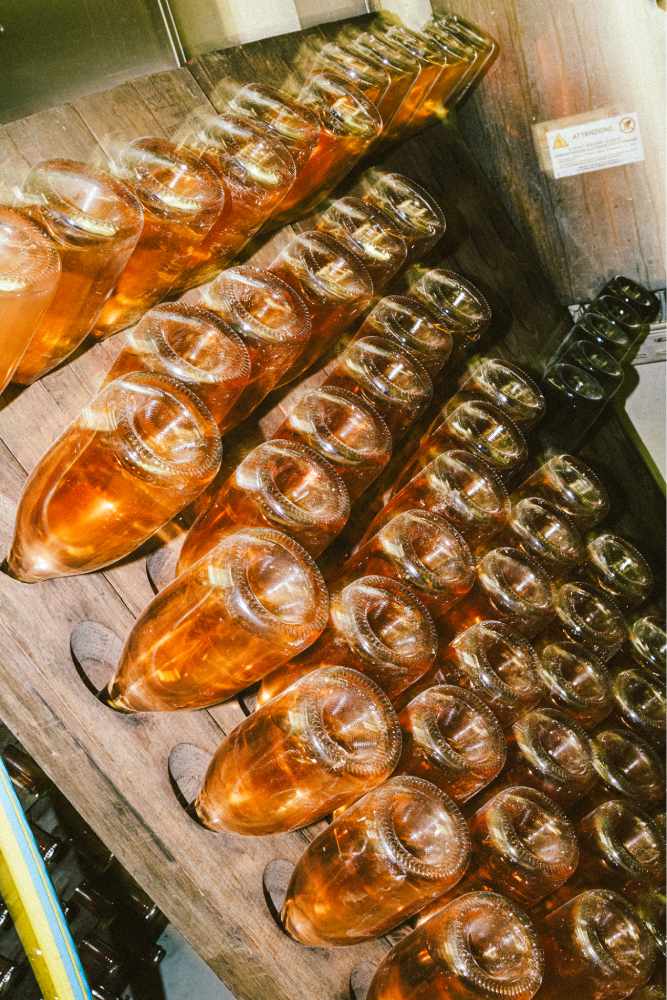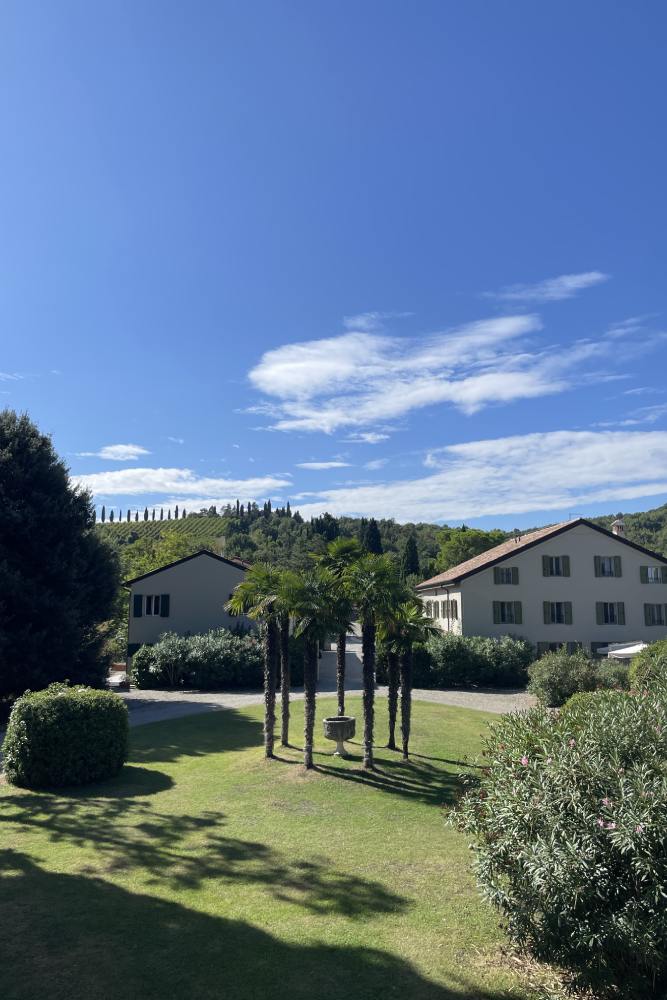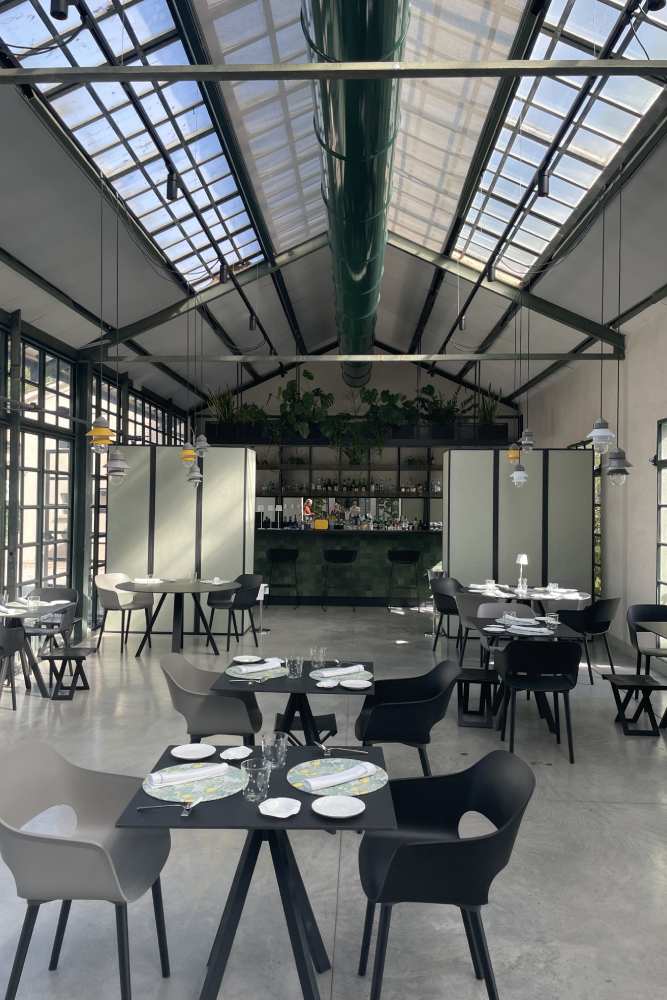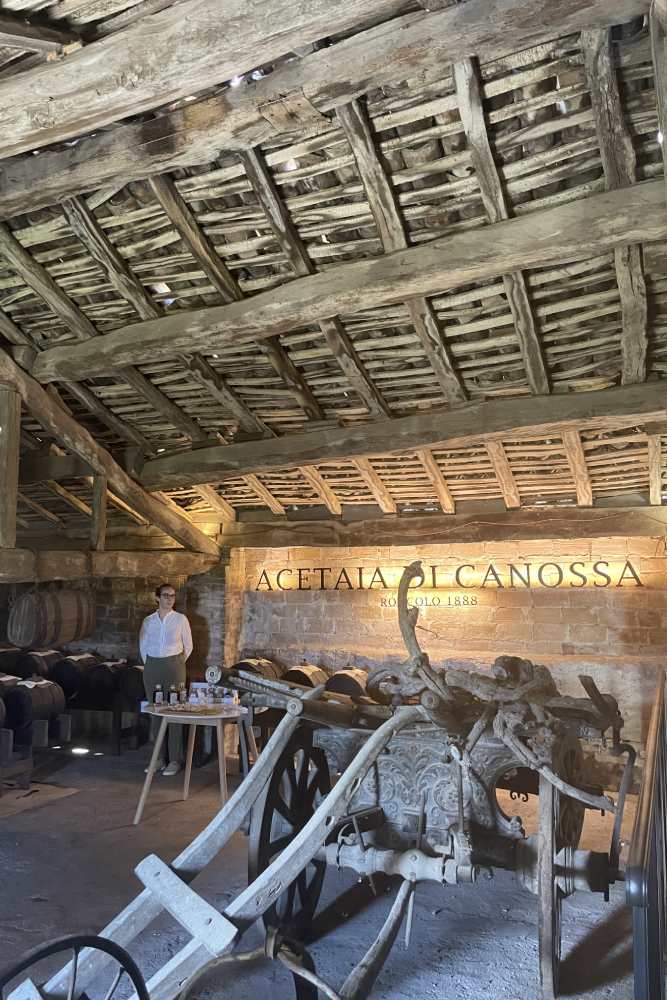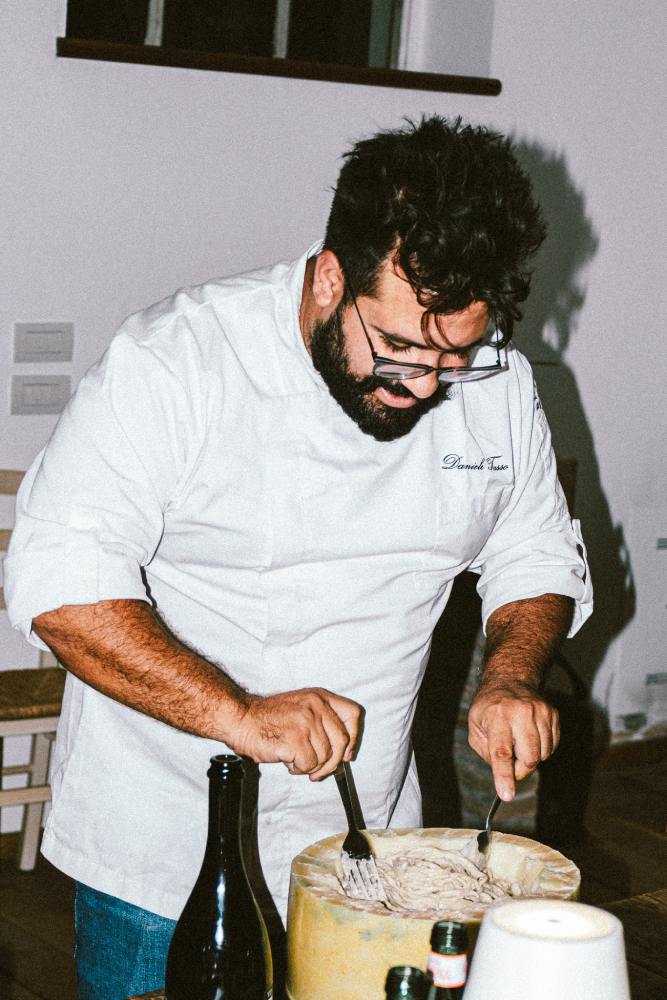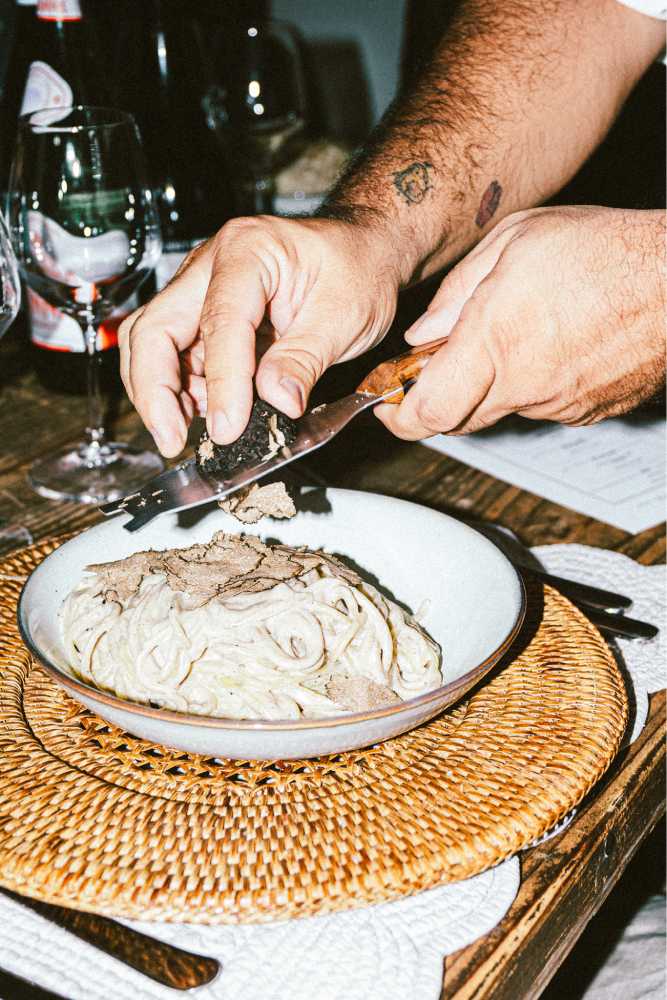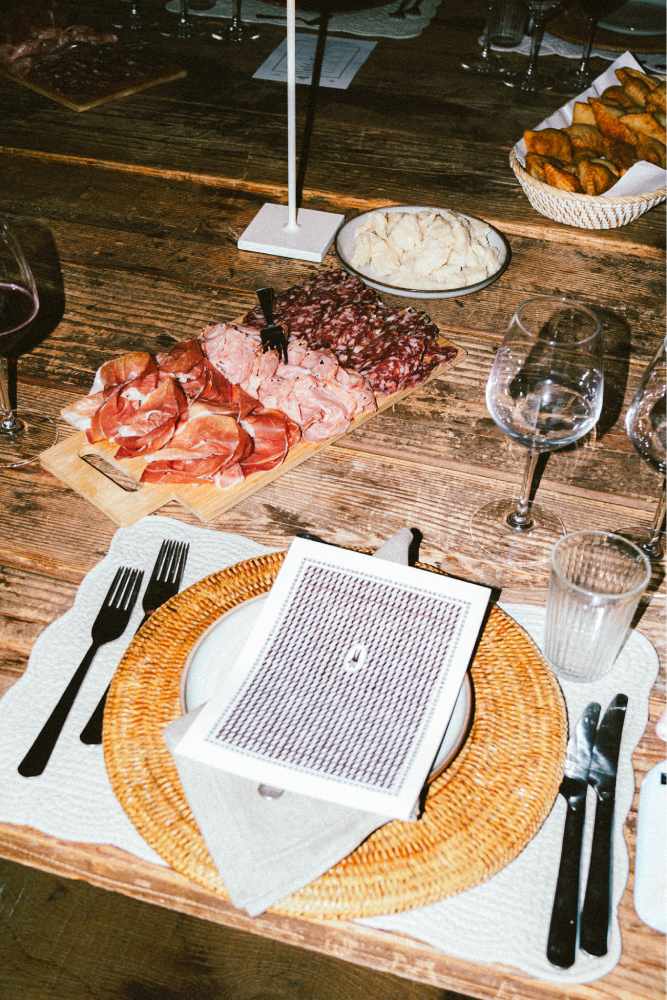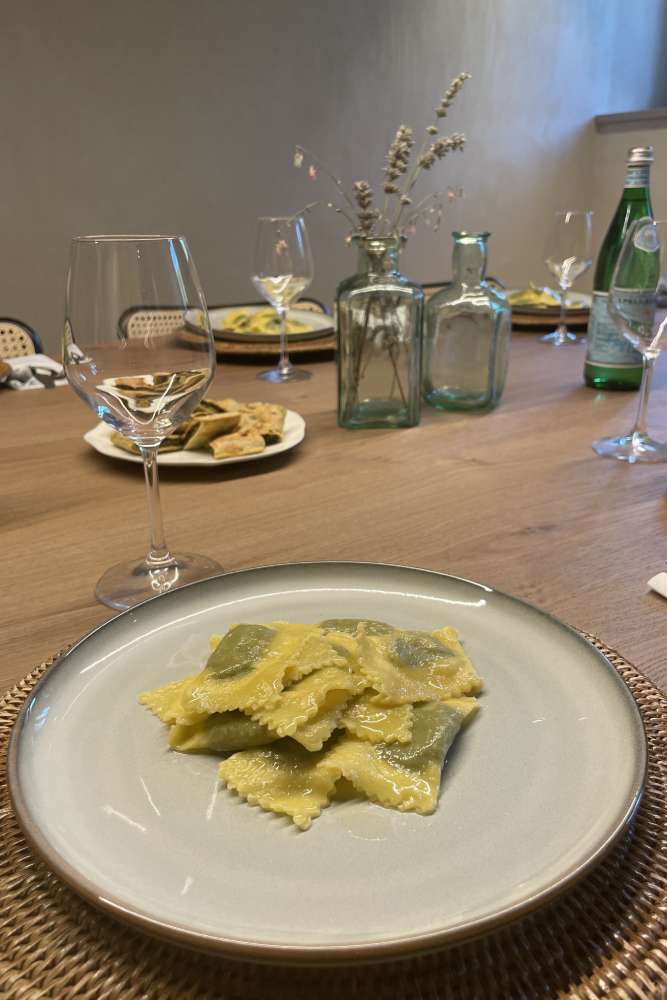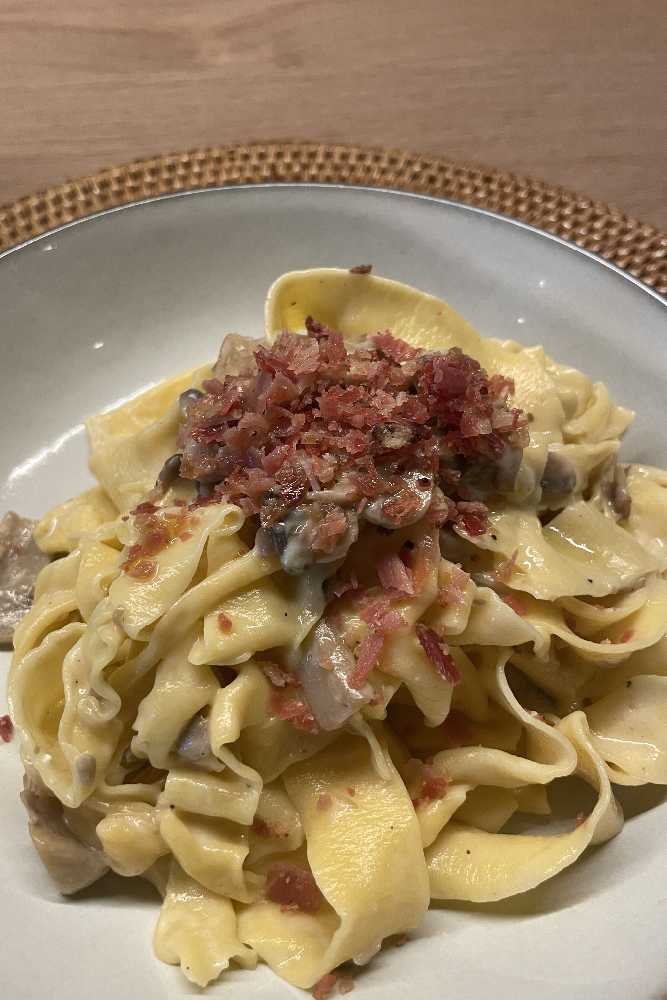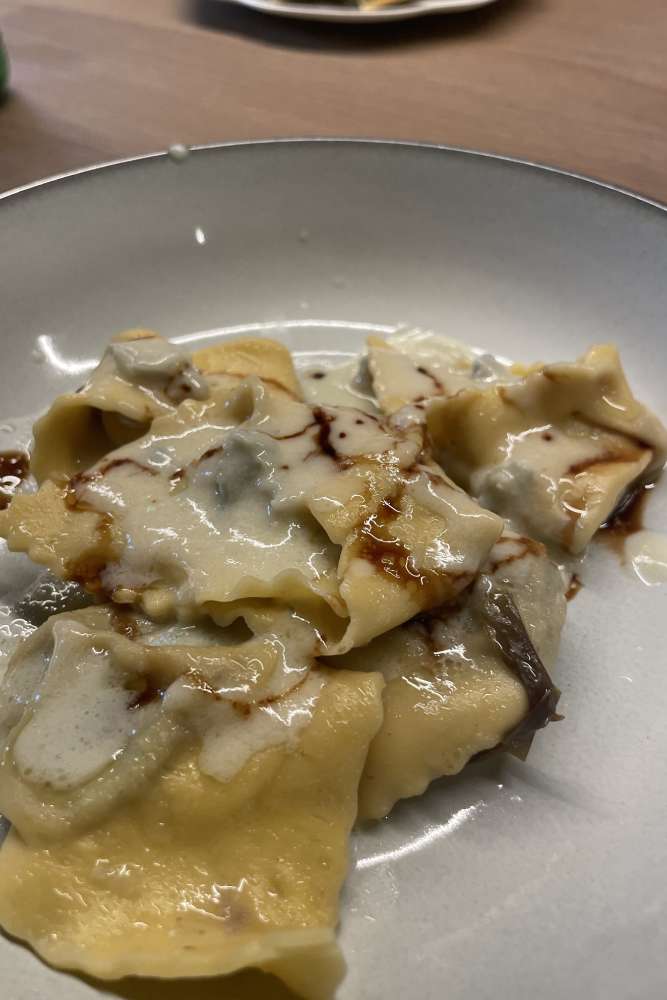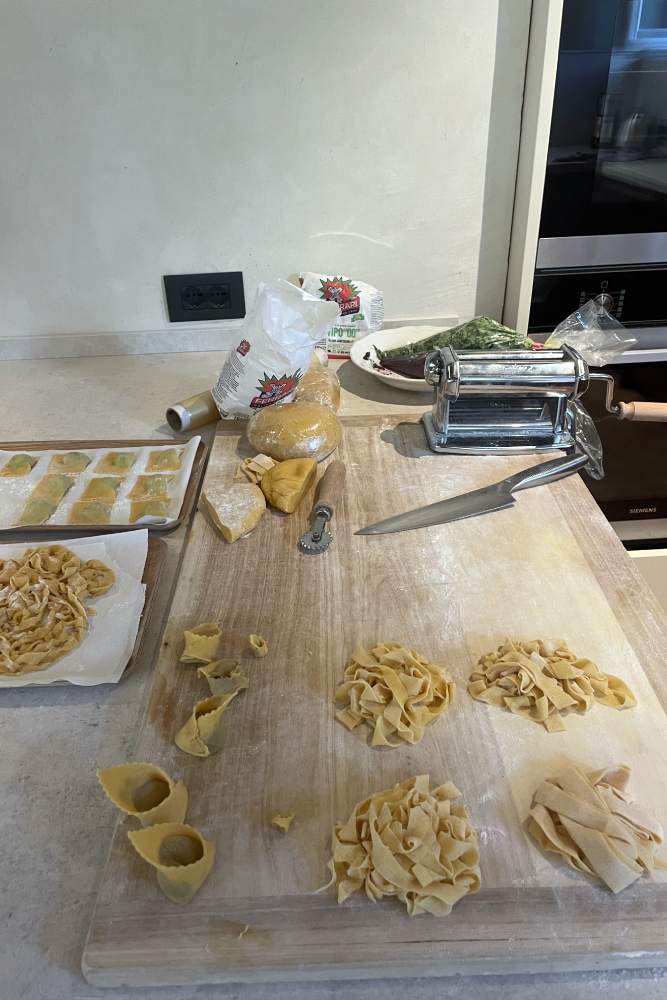Click here to read the Spanish version.
Despite the cliché of pizza and pasta, Italian cuisine has a tradition and craftsmanship that is evident in its love for the product. No wonder it is one of the most desired cuisines in the world. And in our eagerness to discover the intricacies hidden in the raw material before reaching the table of an Italian restaurant, we have embarked on a foodie road trip through some of the regions of this country where gastronomy is more than a sign of identity: Piedmont and Emilia-Romagna (with Parma and Modena at the head). And we could not have a better guide than Daniele Tasso, executive chef of the Big Mamma group, which has well-known restaurants such as Bel Mondo or Villa Capri in Madrid -and a total of 23 throughout Europe-.
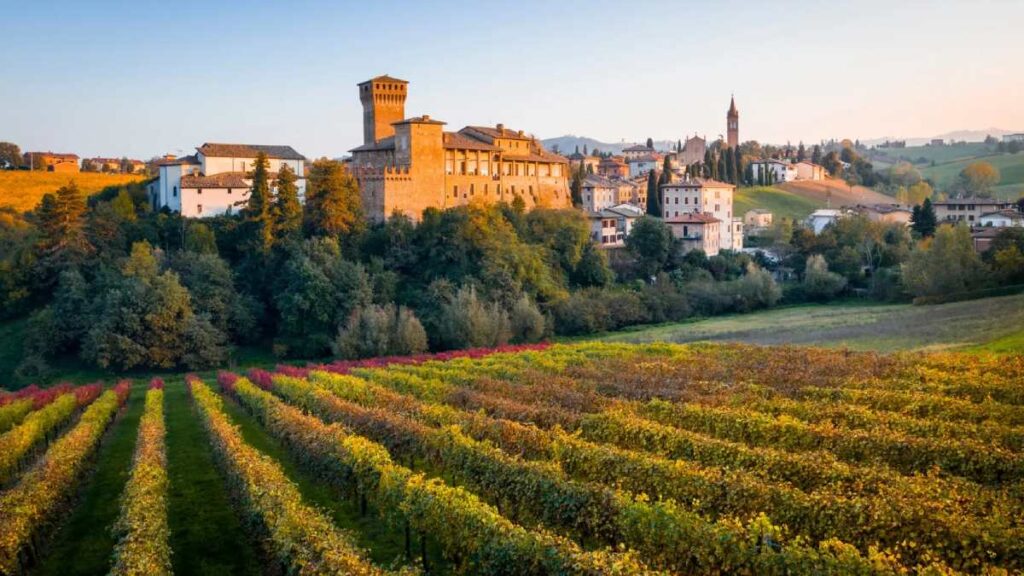
Because behind the neon lights, the stories, the long lines and all the artifice that surrounds Bel Mondo, there must be something else for it to have become, after three years, one of the reference Italian restaurants in the capital. And it is that the same care they put into their image, they transfer it to the raw material, the real ingredient of their success -never better said-.
For this occasion, Daniele has prepared for us a particular express foodie road trip through the north-eastern part of the country, to explore one of the strengths of its cuisine through some of the 150 small producers that work with the group. From the search for the coveted truffle, to seeing first-hand the production process of an authentic Parmigiano Regiano or Prosciutto di Parma, to rediscovering the quality of a good lambrusco. Then, we put on our boots in the land of the boot (Big) Mamma Mia!
1st stop: the Piedmont truffle
Our tour begins in the Piedmont region with one of the most prized foods in gastronomy today: the truffle. This area of Italy is considered one of the cradles of this fungus, specifically around the municipality of Alba, where one of the most exclusive and expensive varieties is found: the white truffle. It is a real business for companies such as Team Tartufi, which sells between 12 and 15 tons of truffle per year, of which 1 ton is white. This company is in charge of supplying about 60 kg of truffle per week to the entire Big Mamma group, of which about 7 kg go to the restaurants in Madrid.
In the past it was common to use pigs to locate these prized mushrooms, but now specialized dogs are trained to find thousands of kilograms of truffles, which can fetch up to 10,000 €. On the other hand, Piedmont is the only region that allows truffle harvesting at night.
Truffles always whet the appetite and in the towns of this region there are numerous traditional trattorias ideal for refueling. Our choice was the cozy Ristorante Il Moro, located in Capriata d’Orba, about 55 km from Genoa. It is a small wine bar run by Simona and Claudio, where they serve classics such as agnolotti pasta in wine, eggplant ravioli with local black truffle or fassona cow guancino with peperonata, among other options.
2nd stop: Parmigiano Reggiano and Prosciutto de Parma
With the road trip off to a great start, the highlight of the trip was still to come: a visit to Parma. Named a UNESCO Creative City for gastronomy, its specialties include two emblematic products such as Parmesan cheese and Prosciutto. To get to know them first hand, we went to the Caseificio Gennari 1953 factory, a family business that is now in its third generation and owns a 750-hectare farm with 2,000 cows, produces about 100 wheels of 50 kg of Parmigiano Reggiano cheese per day and has a total stock of 67,000 wheels. This growth has gone hand in hand with Big Mamma, since almost half of its production goes to the group’s restaurants. For Spain, for example, they usually sell one wheel per day, with an approximate price of 700 €.
The production of Parmigiano Reggiano is regulated by a Protected Designation of Origin and a Consortium that delimits the parameters to be followed in terms of process and recipe, in order to be considered authentic Parmigiano Reggiano. Although it allows each caseificio – there are 330 producers in the region – to make small modifications. In this case, at Gennari 1954, for example, they do not remove all the cream from the milk, which gives their cheese an intense and distinctive flavor. To make a 50 kg wheel, 500 liters of milk are needed.
Of course, the Consortium is quite strict with the whole elaboration process, from the ingredients to the timing. In fact, in order to be considered Parmigiano Reggiano, a year and a month must pass for the Consortium to fire-seal the frame. Of course, the Caseificio’s identifying stamp and the European Union number must be included beforehand to pass all the corresponding controls.
Parma’s other emblematic food is its ham, known as Prosciutto. Our gourmet tour takes us to the town of Langhirano, specifically to the facilities of Langhiranese Prosciutti, part of the Leoncini Group. In addition to producing PDO Parma Ham, it also produces mortadella, York hams, bacon, coppa and specialties such as truffle-braised ham.
Founded more than a century ago, this family business is now in its 4th generation of Leoncinis. They have more than 200 employees in two plants and a turnover of 75 million per year. At their Langhirano plant they produce only Prosciutto and have about 100,000 hams.
Its production process is different from that of Spanish ham. Prosciutto is one of the sweetest hams, with only 4.5% salt -the average is 6%-, and also lower in fat. In this case, Langhiranese Prosciutto has a clear international outlet to countries such as Australia, the United States and the Asian market. In Europe, one of its main customers is the Big Mamma group.
As for restaurants in Parma, being such a gastronomically lively city, you can find all kinds of places: from informal proposals to small wine bars or salumerias, such as Tabarro. In the heart of the city center you will find this cozy place with a wide variety of wine references and a menu composed mainly of cold meats and cheeses.
3rd stop: quality lambrusco in Reggio Emilia
From Parma we moved to the province of Reggio Emilia, one of the main producers of lambrusco, a wine that, although it has always had a reputation for poor quality, also has premium varieties. Its decline occurred in the 70s and 80s, when production was very high and demand was not up to par. As a result, prices dropped and it ended up becoming a table wine, an industrial and cheap wine.
Now, wineries such as Venturini Baldini are taking it upon themselves to enhance the value of this wine by producing a quality lambrusco. In fact, the star wine at Big Mamma in Spain is Monteloco Lambrusco Rosso, the most requested wine at Bel Mondo, of which 400 bottles are shipped every month. In total, Venturini Baldini sells the group some 40,000 bottles a year, 6,000 of two of its Lambrusco varieties going to our country.
Located in the municipality of Quattro Castella, this winery is located within a large complex called Roncolo 1888, which also has a historic estate with 17 rooms – once owned by Duchess Matilde di Canossa – the Limonaia restaurant, an acetaia that produces its own balsamic vinegar also premium, and other wellness and gastronomic activities. The project was rescued by the Prestia family in 2015 and reopened just over two years ago. Very similar to Tuscany, at Quattro Castella it is worth getting lost among nature, tranquility and a gastronomic proposal paired, of course, with a good lambrusco.
Last stop: Italian-style feast with Daniele Tasso
Any gastronomic experience must take place around a table. After touring these two foodie regions in 48 hours and getting our teeth set on truffles, Parmigiano and Salumi, it was time for our palates to experience first-hand all that we had learned. For this, Daniele Tasso prepared a real feast, whose star dish was Spaghetti al tartufo served on a wheel of Oro Nero -another of the cheeses also produced by Gennari 1953-. This recipe will become the new highlight of Bel Mondo’s menu; and if not, time will tell.
And, as a gastro visit to Italy could not end without pasta playing a major role, there was also time to experience how fresh homemade pasta is made with their unmistakable machine. From here came tagliatelle, ravolis and even the original cappelletti, which we later had the opportunity to taste. It is a laborious and artisanal process, but at the same time very simple, since it only uses two ingredients -flour and egg-, with a ratio of one egg for every 100 g of flour. The result, as can be seen in the pictures, is quite a spectacle.
After this complete and intense gastronomic road trip through Italy, we are already planning the next destination in the country. What do you think should be the next Italian region to delight us with its raw materials?

